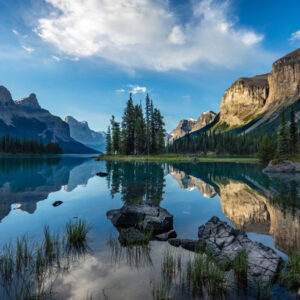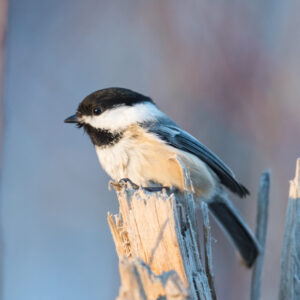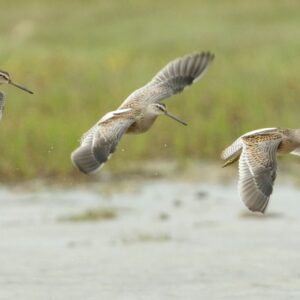Recap: Looking Forward to Global Environmental Action in 2022
Is it just us, or did time fly? While we ended 2021 positively with Trudeau’s historic mandate letters, 2022 will be a year for follow-through. With further pending commitments on an international scale, this year is gearing up to be a pivotal year for climate and biodiversity action.
Over the last twelve months, you supported Nature Canada campaigns by sending thousands of letters to decision-makers. As 2022 progresses, we look forward to investments in conversation and restoration, commitments to environmental justice, and more.
Are you feeling a little lost about what environmental action looks like across the world? Here are five areas the global community can look forward to in 2022 as we progress into a more sustainable future:
1. Investments in Conservation and Restoration
Climate change is irreversible, but there’s still time to avoid catastrophe and protect wildlife and human life. Through the conservation and protection of biodiversity, we can prevent the worst from happening. But for mitigation to succeed, we need to stop degrading ecosystems and restore depleted landscapes.
According to National Geographic, over 75% of the Earth’s land areas are degraded. These areas have either become deserts, suffer extreme pollution or have been deforested and converted to agricultural production, contributing to biodiversity loss and mass species extinction.
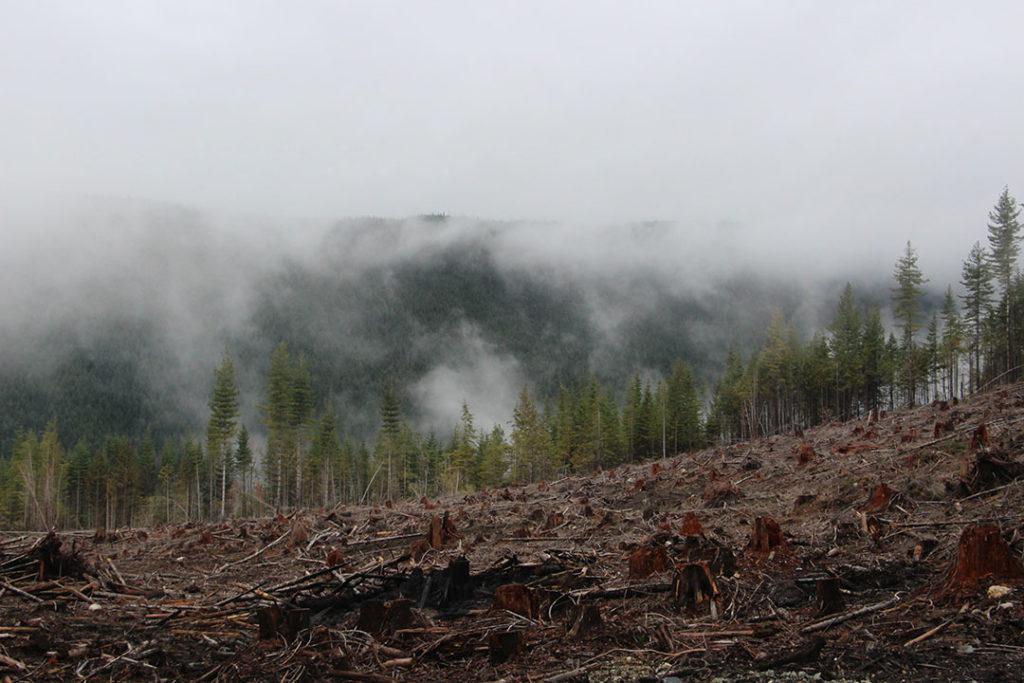
Canadians are lucky to have a wealth of intact ecosystems, including oceans, grasslands, peatlands and our vast boreal forest—which stores 186 billion tonnes of carbon (equivalent to 27 years of the world’s CO2 fossil fuel emissions). But we must protect these places for the sake of future generations.
So far, Canada and tens of other allied countries have committed to protecting 30 percent of our lands and ocean by 2030 to halt and reverse biodiversity loss. For Canadians, our government has promised:
- The establishment of new land and marine protected areas, including Indigenous Protected and Conserved Areas
- Creating at least one new urban park in every province and territory, with 15 new urban parks being created by 2030
- New investments to support community-led public greenspace projects with municipalities, Indigenous communities, and nonprofits
Read More: Trudeau’s Mandate Letters are a Win for Nature
In 2022, Nature Canada will continue to work towards the creation of more protected areas and ensure our government follows through on its 30×30 promises. As the effects of climate change and species extinction continue to affect Canadian landscapes, we cannot afford to wait.
Let decision-makers know climate change and biodiversity loss are important to you, send the letter now!
2. Environmental Justice
Climate change worsens existing inequalities in society that are often shaped by systemic racism. In Canada alone, the places most impacted by the climate crisis are Indigenous lands and minority communities. Across the world, developing countries–the least responsible for global warming–are facing the harshest consequences.
Over a decade ago, developed nations promised to channel USD 100 billion a year to less wealthy nations by 2020 to help tackle their limited capacity to prevent and cope with the consequences of the climate and biodiversity crisis.

But the promise was broken. In 2020, a report for the United Nations revealed that the $100 billion target was out of reach. “We are not there yet”, said UN secretary-general António Guterres. The promise was renewed at the COP26 climate change conference in Glasgow, with forecasts projecting we will get very close to the target this year and achieved by 2023.
In Canada, Prime Minister Trudeau released the following mandates to tackle climate injustice fueled by racial discrimination:
- Recognizing the “right to a healthy environment” in Canadian law and prioritizing the clean-up of contaminated sites in areas where Indigenous Peoples, racialized and low-income Canadians live
- Developing an environmental justice strategy and looking at the link between socio-economic status and exposure to environmental hazards and risks
Nature Canada is also working to ensure Indigenous and minority voices are included in the conversation. In 2021, we launched the Work to Grow program to make room for BIPOC youth in the environmental space and supported the creation of an Indigenous Protected and Conserved Area (IPCA) in the community of Île-à-la-Crosse.
Environmental action is being increasingly incorporated into policy and planning across the globe, and we’re doing our part to make a difference. The world could afford to be more ambitious about climate change, and 2022 will be a pivotal year for these changes.
3. The Ocean
In July 2021, we all watched in horror as the ocean surface in the Gulf of Mexico went up in flames. The issue not only sparked fury but also brought awareness to the importance of our ocean and what it truly does for the environment.
The ocean produces over half of the world’s oxygen and absorbs 50 times more CO2 than our atmosphere. Despite its importance, our ocean is warming with catastrophic results.
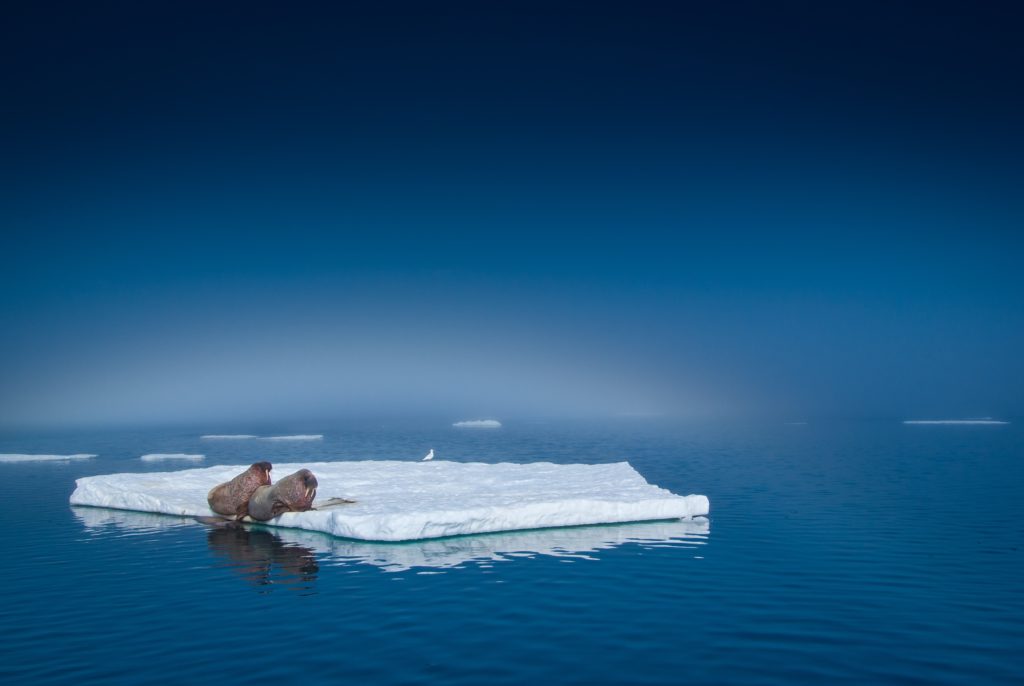
Over the last decade, scientists have witnessed dozens of marine heatwaves—warm spells in surface oceanic waters that last at least five days and reach temperatures well above the normal range. Exacerbated by climate change, marine heatwaves are now more severe and have doubled in frequency. The phenomenon is devastating food chains across the globe, impacting fisheries, aquaculture and biodiversity.
Late last year, the Government of Canada recommitted to its targets to protect 25 percent of oceans by 2025 and 30 percent by 2030. In 2022, decision-makers are also due to work with Indigenous partners to integrate traditional knowledge into planning and policy decisions. All great news for ocean conservation.
Nature Canada has been working towards ensuring the government meets its commitments to protect our ocean. Join us! Become an Ocean Defender.
4. Nature Can Help us Stay Below 1.5°c
You’ve heard it over and over: we must limit global warming to 1.5°C. Anything above risks unleashing far more severe climate change effects on our communities and wildlife.
But the UN’s Emissions Gap Report of 2021 shows that current commitments put the world on track for a global temperature rise of 2.7°C by the end of the century. Well above the 1.5°C goal. To prevent the worst impacts of climate change, the world needs to halve annual greenhouse gas emissions within the next eight years.
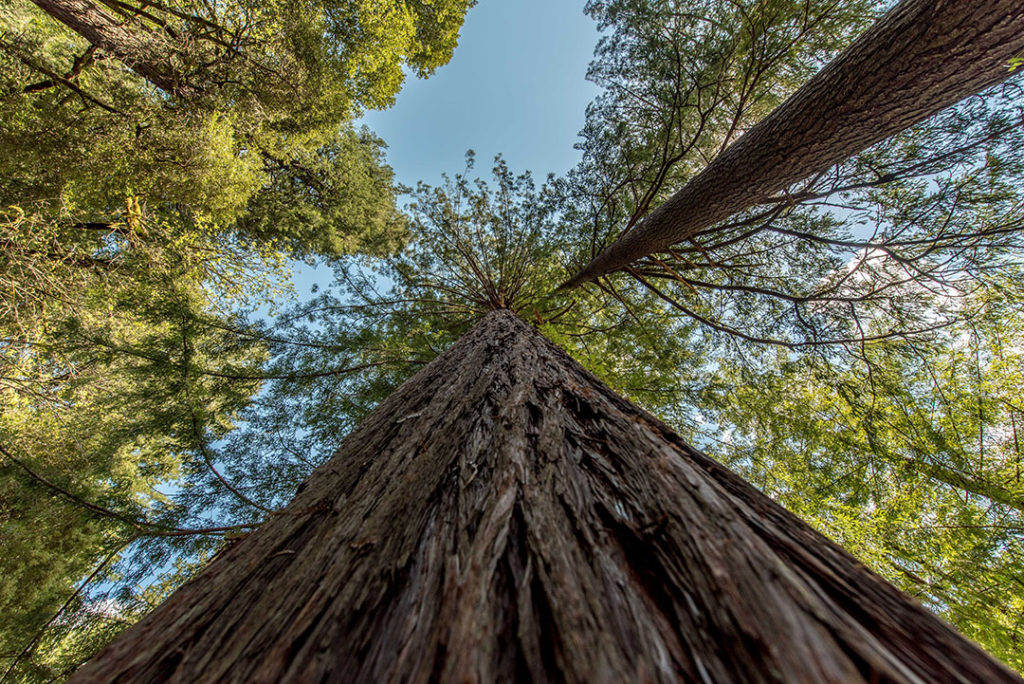
In October 2021, Nature Canada and partners released a report titled Missing the Forest. The document dived deep into Canada’s under-reporting of emissions from the forest sector—which totalled more than 80 million tonnes per year, an amount greater than 10 percent of our total annual reported greenhouse gas emissions.
Part of the report spoke about the importance of preserving primary or old-growth forests due to their irreplaceable value for biodiversity. In what seemed like a direct response, Trudeau’s mandate letters mentioned protecting old-growth forests as a goal for the term after re-election. Canada is one of over 120 countries committed to reaching net-zero emissions by 2050, but only time will tell if these ambitious commitments will be brought to fruition.
World leaders are due to return for the next round of climate talks this November in Sharm el-Sheikh, Egypt, with stronger commitments to put the world back on track to 1.5°C.
5. Loss and Damage Fund
Although natural climate solutions could help reduce Canada’s greenhouse gas emissions by as much as 78mt a year by 2030, the longer we take to protect, restore, and improve management of our landscapes, the more losses and damages our communities will suffer.
As the costs of recovering from climate change rise, the Loss and Damage Fund was a critical topic of discussion at COP26 in Glasgow. The concept consists of a “you broke it, you fix it” philosophy—whichever country is responsible for endangering or polluting a landscape, should be held responsible for reparations.
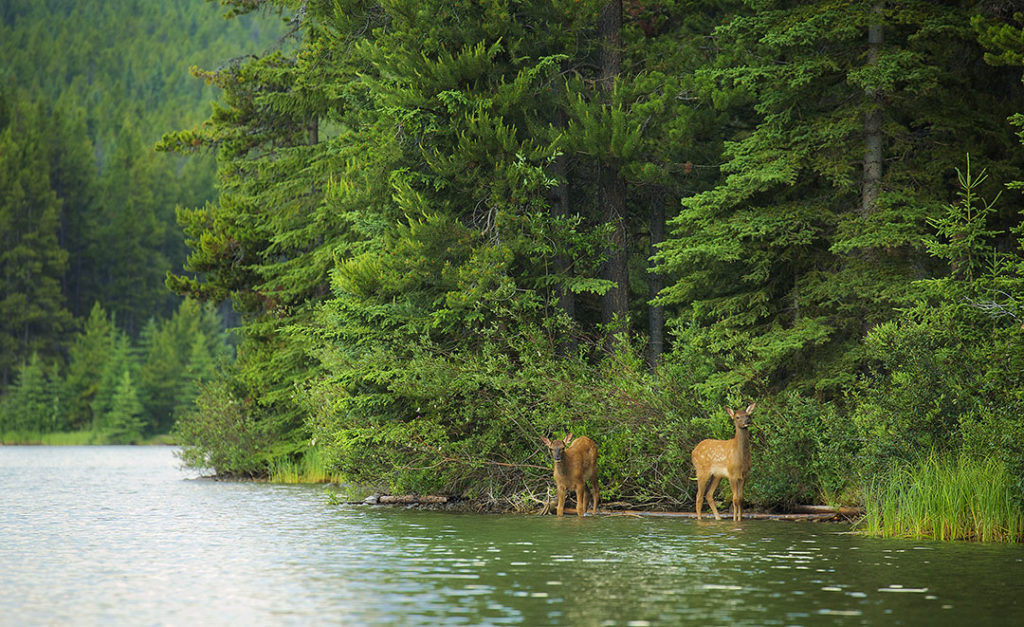
“We will never accept that anthropogenic climate change — which we did not cause — be the basis for a loss of our sovereignty, our sovereign rights, or our maritime boundaries,” a statement from the Marshall Islands reads.
Read More: Trees: Our Allies in Addressing Climate Change
The Loss and Damage fund is expected to be a topic of conversation during this year’s climate meeting in Egypt. Meanwhile, with mitigation in mind, Canada has taken initiative domestically by setting goals to implement a Natural Climate Solutions Fund and deliver on the plan to plant two billion trees across the country over ten years.
Ready to bring nature-based climate solutions to your community? Check out Nature Canada’s Nature-based Climate Solutions toolkit to help you get started.
Conclusion
As the year progresses, 2022 will be a turning point for climate and biodiversity action. Especially in Canada, with Trudeau’s environmental goals looming over the shoulders of our elected representatives.
Now more than ever, it’s increasingly imperative that we make our voices heard. Meeting our 30×30 goal will be next to impossible without follow-through on environmental promises–including changes to policy and planning.
Nature Canada will continue its work to ensure accountability while standing up for environmental justice and supporting the creation of protected areas across the country.
Will you join us? Subscribe for updates to be the first to know about our ongoing campaigns and upcoming petitions.

